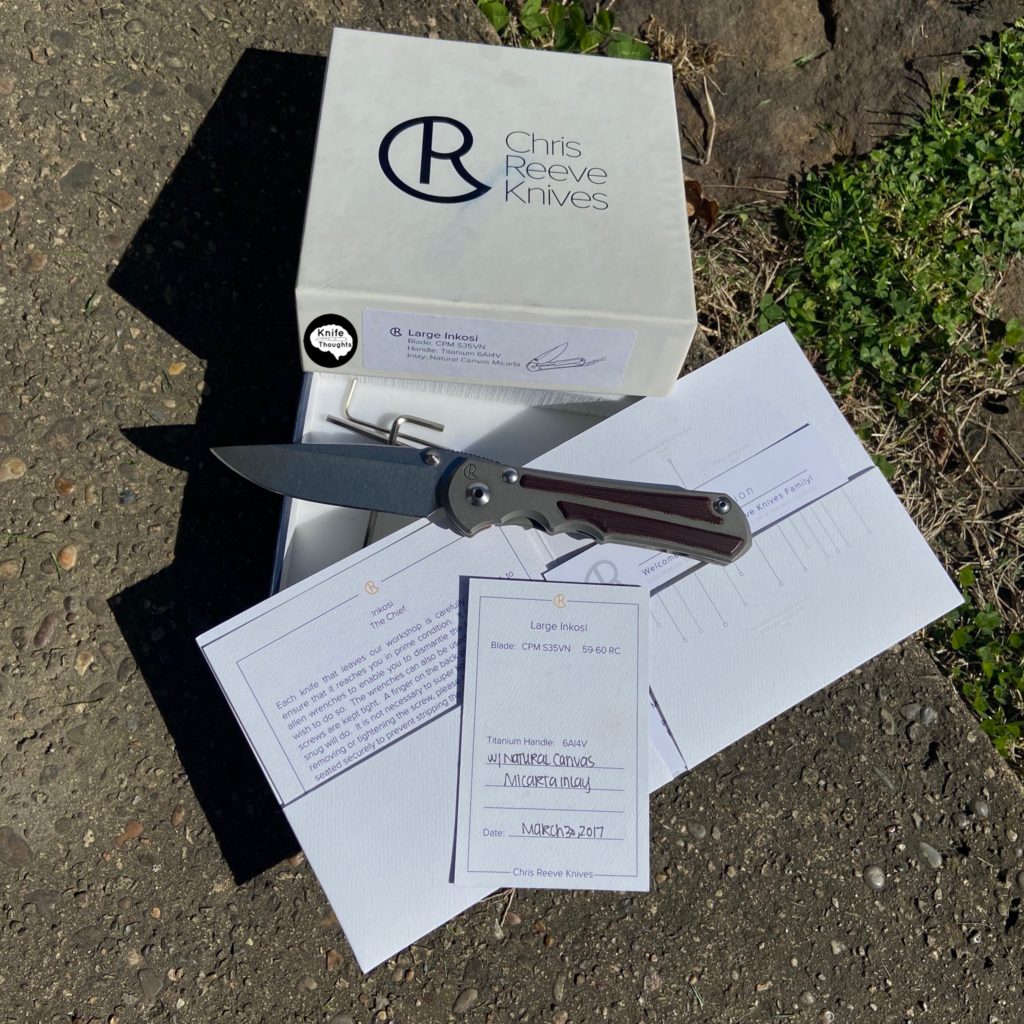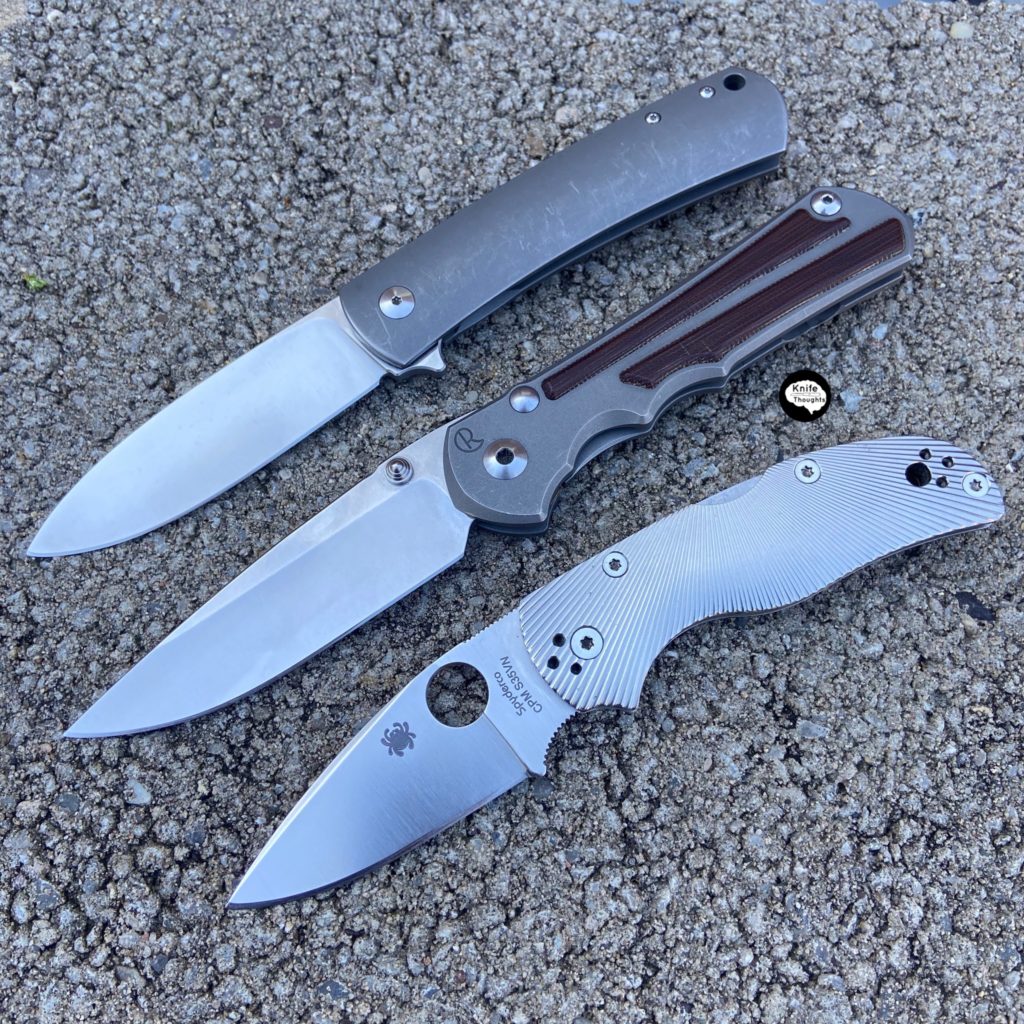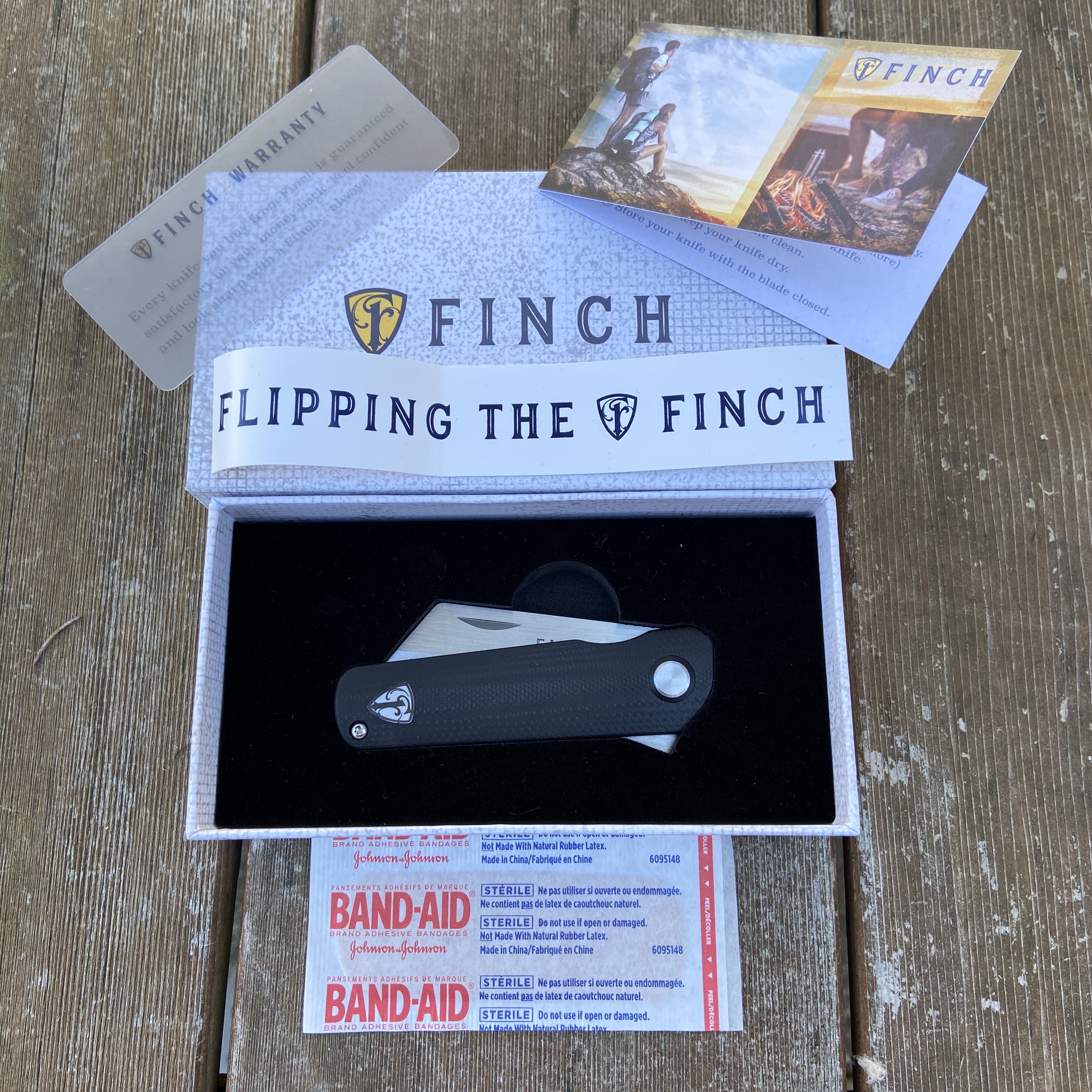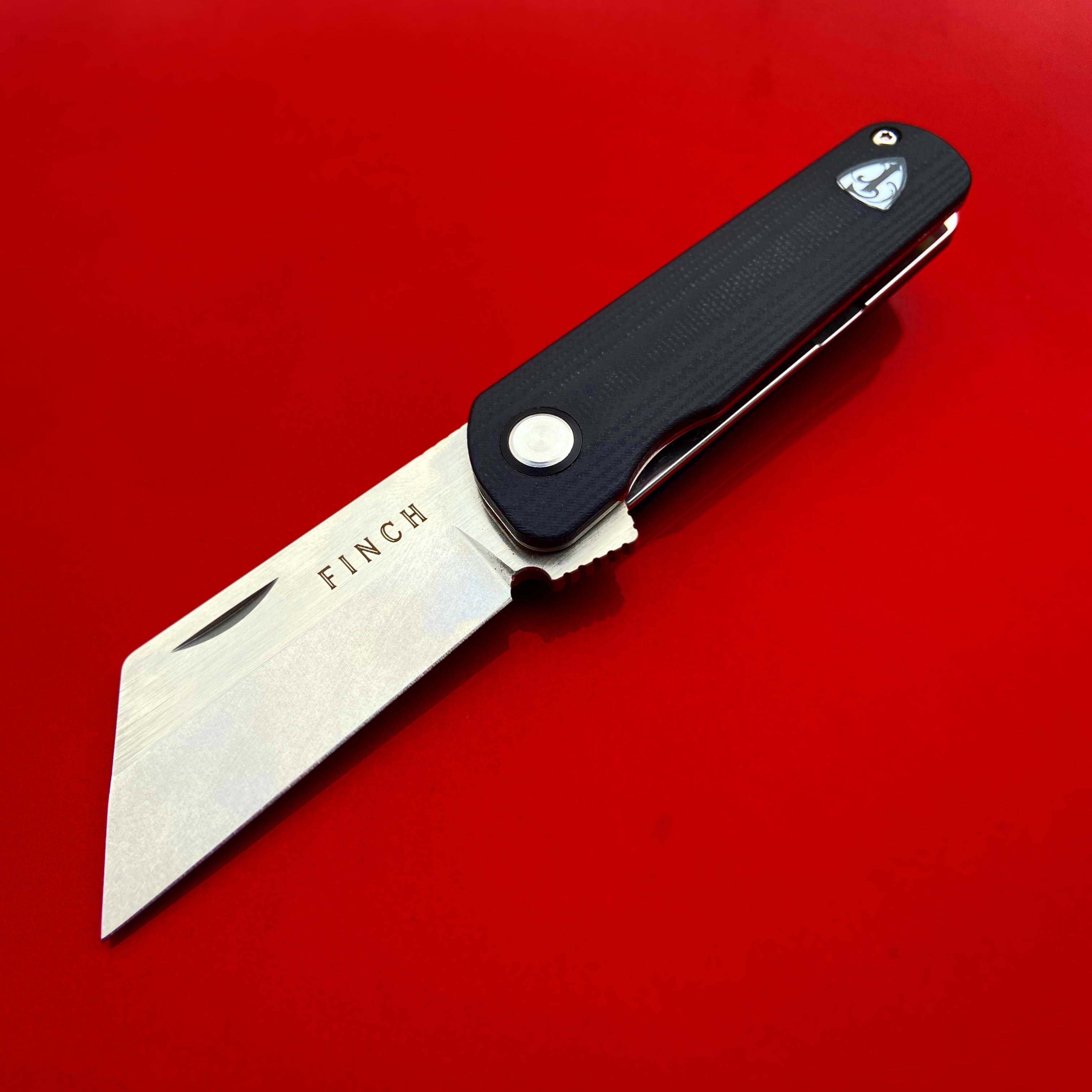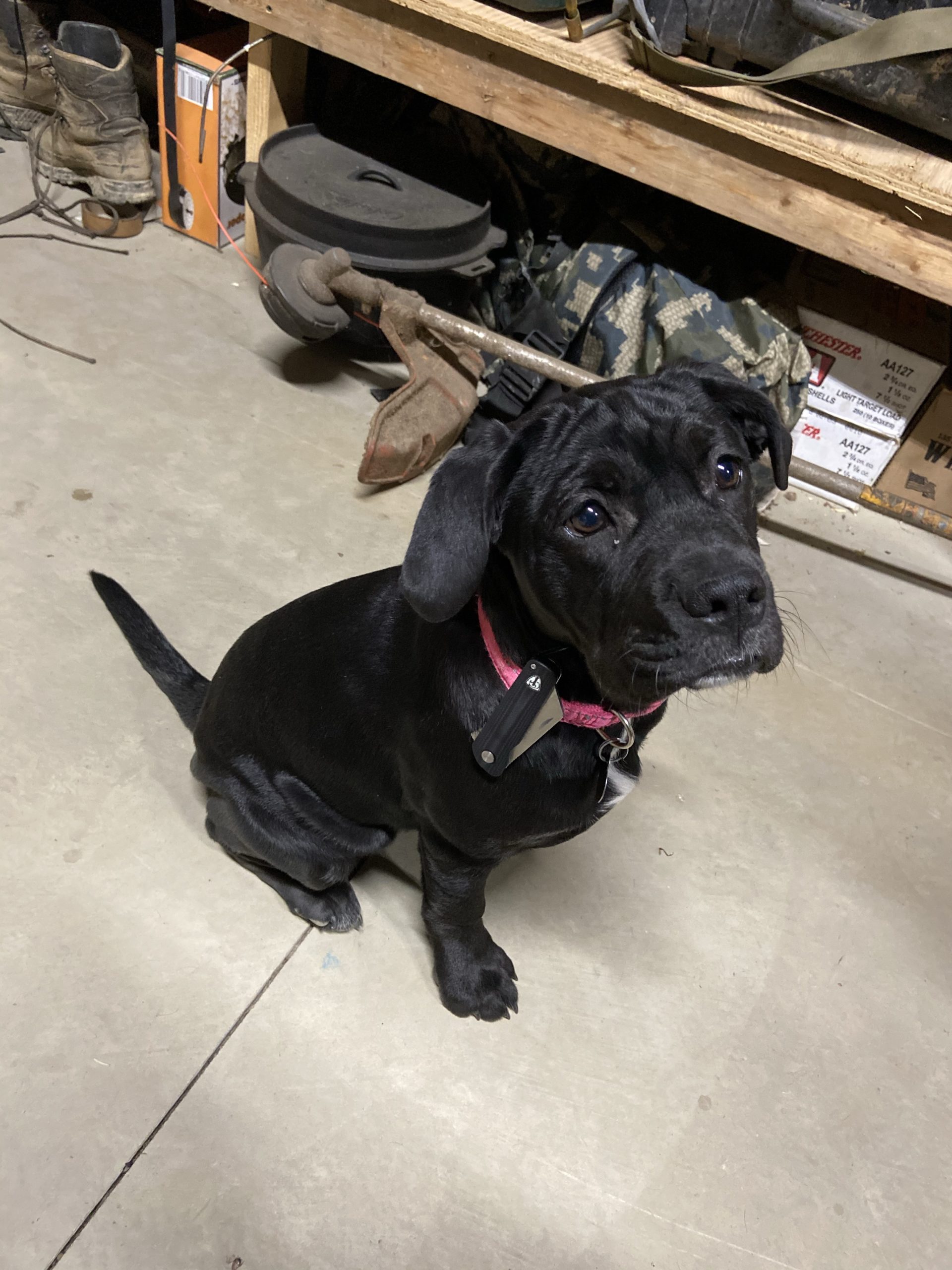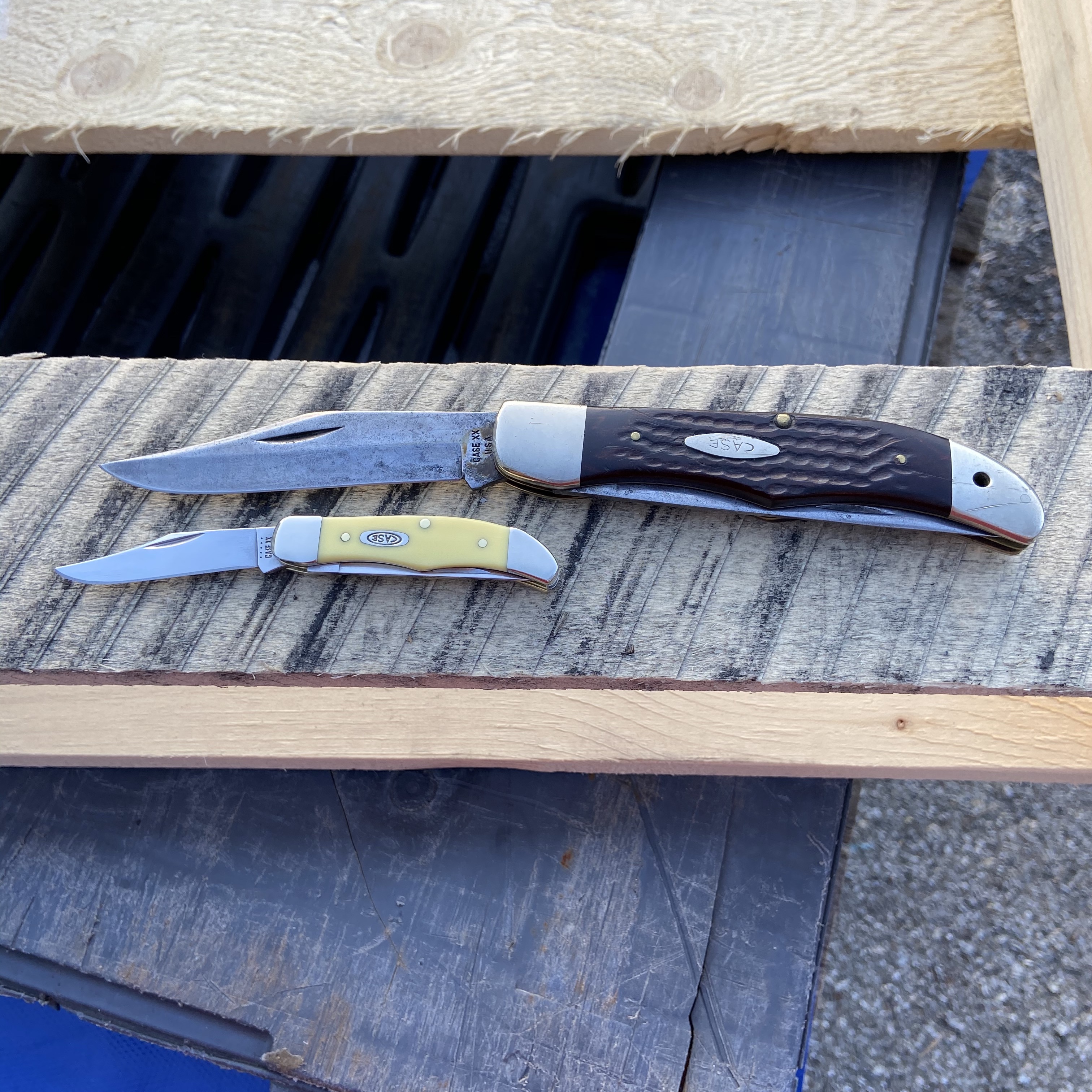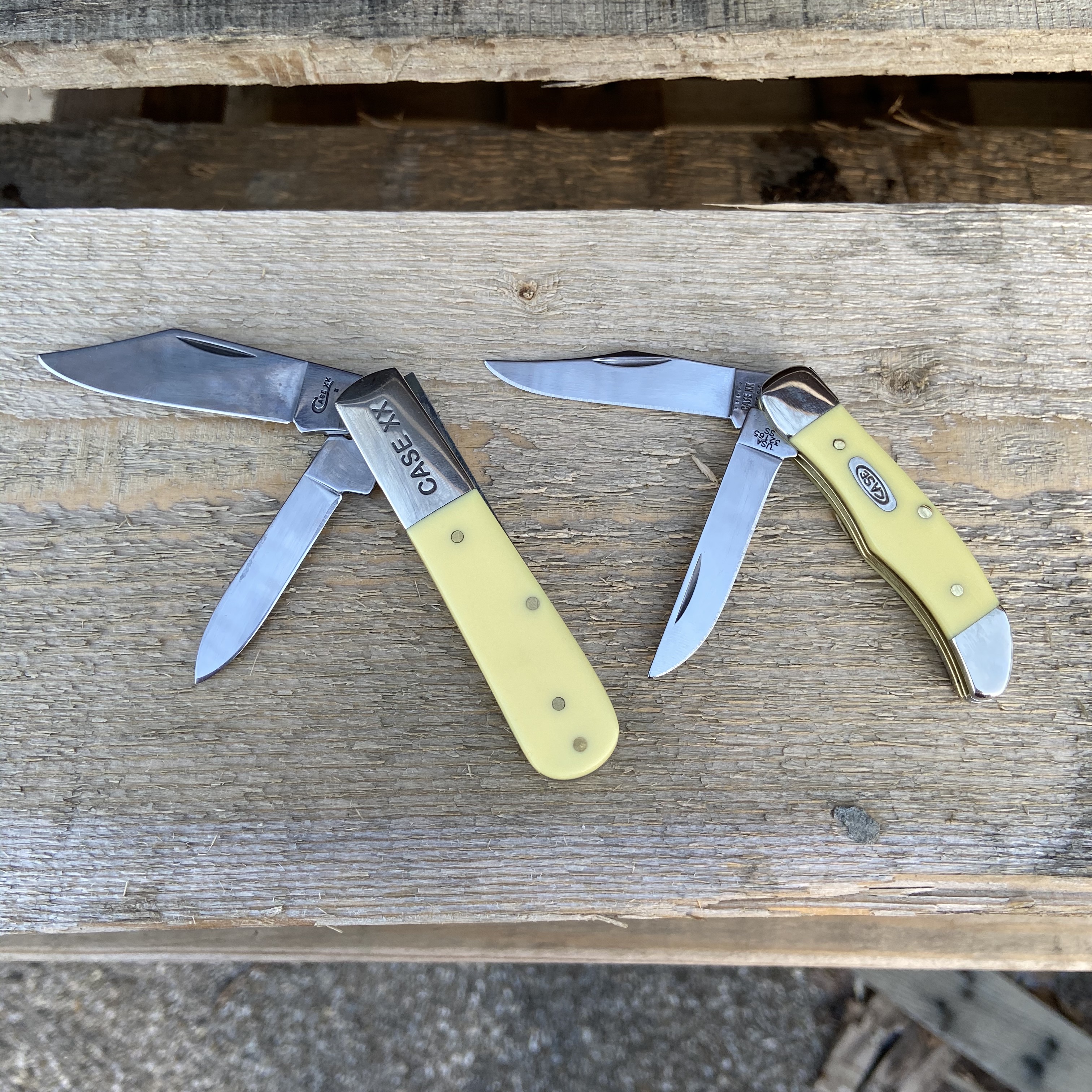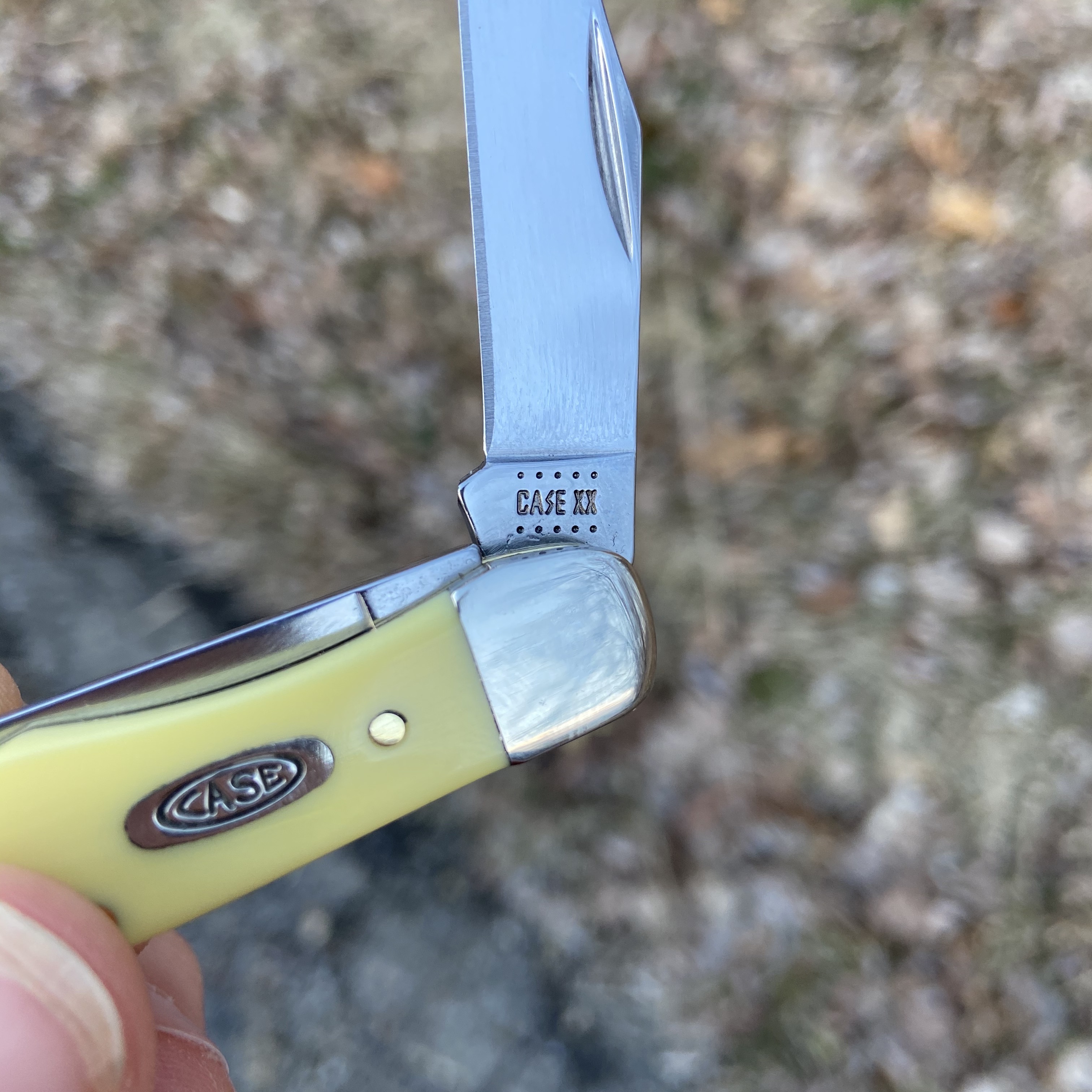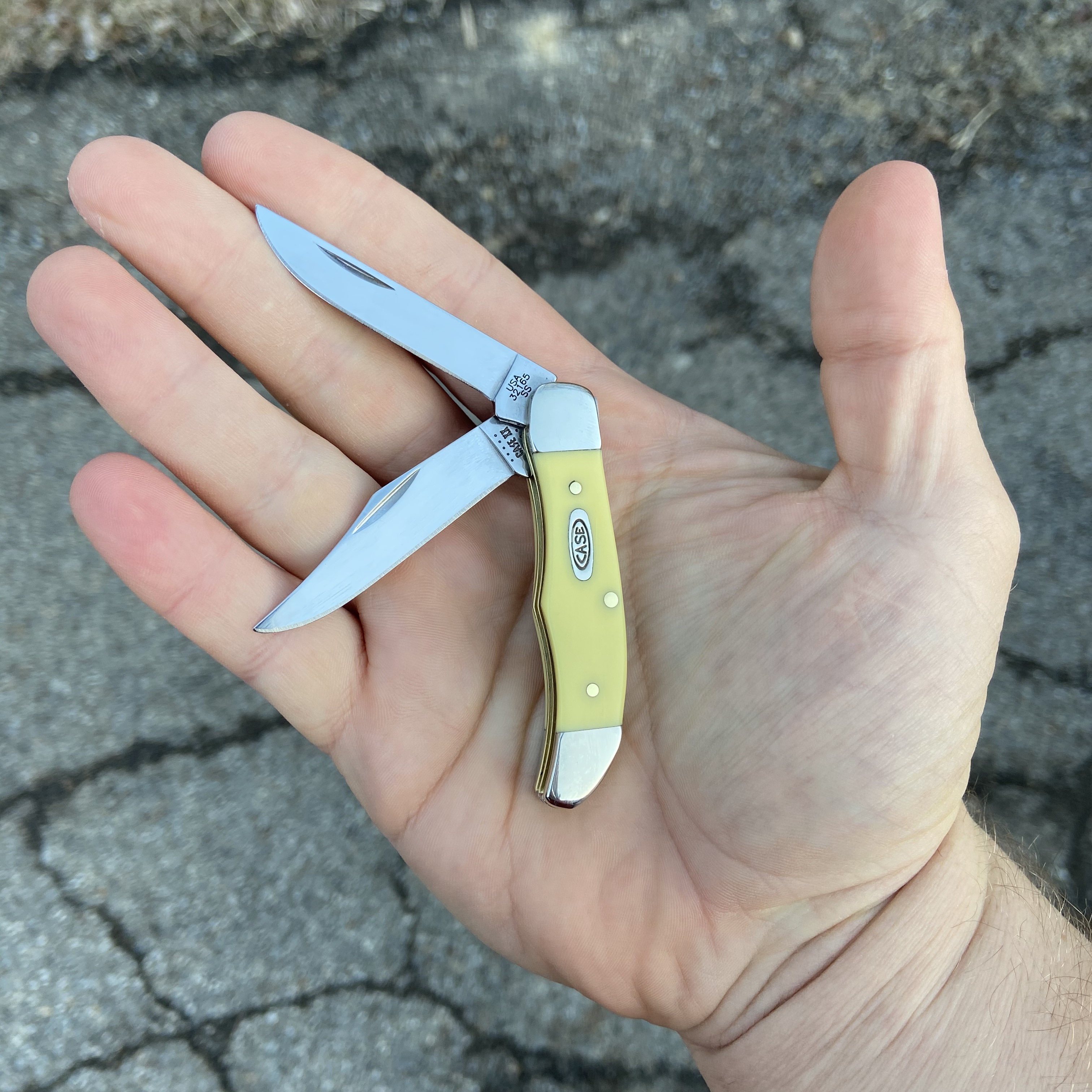Out of nowhere, Smoky Mountain Knife Works has reintroduced Queen Cutlery. Queen went out of business in 2018, and the future of the brand has been unclear since then. Recently SMKW posted a “Queen Pilot Test Run Mini Trapper” for sale on their site, and this article will showcase that knife and what it means for the Queen brand.
This knife came as a surprise to pretty much everyone. There were no rumors of it on the forums and Smoky Mountain Knife Works did no advertising before its release. Even upon release, there was very little fanfare; at first it wasn’t even featured on the SMKW homepage.
Once the knife was available for purchase on SMKW, there was still little solid information available. The product page said it was a test run Queen knife made in the U.S.A. for Smoky Mountain Knife works with black composite covers and 440 steel.
With so little official information available, the online knife community was abuzz with interest and speculation on the knife’s specifics.
The main question in discussion was; who made the knife? In this area, a consensus seems to have been reached that it must have been made by Bear & Son Cutlery. Here we can apply the old saying “read the knife, not the tang”. This means the best way to know the origin of a knife is to look at its characteristics and how it’s made, rather than what the tang is stamped or etched. In this case, due to the pattern’s similarity to Bear & Son’s Mini Trapper and other manufacturing hallmarks, it looks most likely to have been made in a Bear & Son factory. That said, SMKW has not identified the manufacturer, even when directly asked during a live video.
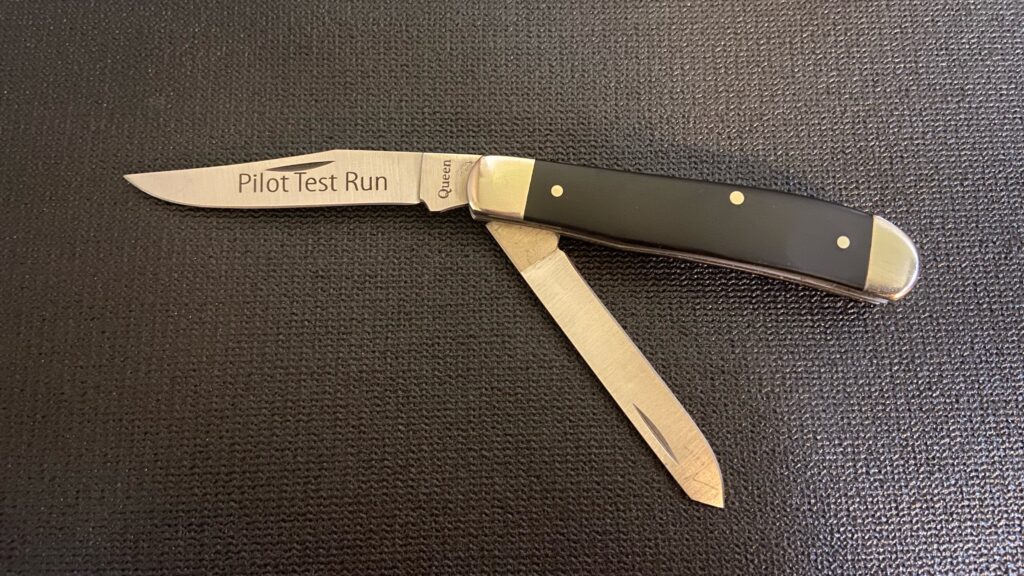
Another much discussed question was; why is SMKW coming out with a Queen knife? After the Titusville Queen factory closed and its assets were sold off, most believed that Bluegrass Cutlery had bought the machines and trademarks with intention to restart the brands. However, in a video SMKW said that they purchased the Queen and Queen City trademarks and plan to do a full line of knives under each brand. In the same video they explained that this knife was rushed to market because they had to use the trademark to keep it active. They said they have to do the same with a Queen City branded knife. Unfortunately, when asked if the future Queen and Queen City lines will remain made in the U.S.A., the SMKW representative said they didn’t know yet.
Queen collectors might ask what about Schatt & Morgan, Queen’s other well known and respected in house brand? A reputable source told me that Gilbert Cooper purchased the trademark and Queen’s machinery, and has promising plans for the brand. Cooper himself has posted on All About Pocket Knives forum about reintroducing the Schatt & Morgan brand with the goal of restoring its former place at the top quality tier of American pocket knives.
As for this Queen Pilot Test Run Mini Trapper, it’s certainly well enough made for being rushed to market. This knife is not made with the same quality level as a GEC made knife; I would put it in the same realm as Case knives. The blades are pretty well centered. The action is nice with about a 5.5 pull on both blades. The action was a little gritty at first, but after a little oil they’ve broken in to be relatively smooth. Neither blade has any wobble. Neither blade seems to have any rap or proud tips. There are some slight gaps between the springs and liners, and a gap between the pile side liner and cover. So the fit is pretty good. The finish leaves a little more to be desired. The transitions between the covers and bolsters, as well as the edges of the covers, are a little rough. The blades have something between an “as ground” type finish and a satin finish, while the bolsters are between a satin and polished finish. Unfortunately, the etch is not a particularly tasteful font and seems imperfectly placed and is very raised (enough so that it’s easy to catch your fingernail on it). The tang is not stamped, which I would prefer but adds an extra step and cost, but rather etched very plainly. The front tang is etched “Queen” and the back tang is etched “QN1 / U.S.A.”. I am glad they went with no shield instead of an unpinned (glued only) shield, like Case and others use. Overall, it’s a decently made knife for the price that would make a good user knife.

Although this SMKW Queen QN1 would be a great using knife, I anticipate it will become collectible. In the video I have referenced above, SMKW said that only 300 of these were made. Although that’s not a tiny number of knives, it’s a pretty small run compared to recent GEC general runs, let alone compared to Case runs. If SMKW handles the reintroduction of Queen and Queen City well (which I’m rooting for), this will have been what started it all and therefore sought after. If they don’t handle it well, or if they move production overseas, this might be the last American made Queen knife, and therefore sought after. Either way, it has sold out on Smoky Mountain Knife Works’ site so its value will soon begin to be established through the secondary market. That said, SMKW did say they have to bring a knife to market under the Queen City brand to retain the trademark and that it’s coming soon. So keep an eye out for that if you’d like to get one! In conclusion, I’m happy to see the Queen brand living on while being produced by Smoky Mountain Knife Works, and I hope to see great things in the future!
I sincerely thank you for your time, support, and interest! Don’t forget to tell your friends about KnifeThoughts.com, subscribe via email, and share this article on social media. You can find Knife Thoughts on YouTube where I have hundreds of knife videos, as well as on Instagram and Facebook! You can find all my latest links at LinkTr.ee/KnifeThoughts


